Skuld P&I Club provided information on good anchoring practices, as the safety of anchoring can be affected by the wrong anchoring operations and the increased traffic of ships as well as undesirable weather conditions. An improper anchoring could cause damage and loss to the vessel, other vessels, property and the environment.
Specifically, according to Jia Hong Liu, Technical Manager, Skuld Hong Kong, claims relating to improper anchoring are as follows:
- Anchor lost or twist
- Grounding or collision due to anchor dragging
- Damage to underwater cables or pipelines
- Damage to floating objects or port facilities
- Damage to navigation aids or facilities
- Damage to the marine environment (e.g. coral reef)
- Fines etc.
Good management is the key to conducting a safe anchoring and avoiding accidents, as it consists of anchoring planning, risk assessment, best anchoring practices, anchoring watch keeping, etc. Ship companies should set up procedures for these critical tasks and incorporate them into the safety management system.
When anchoring, one should also consider the direction and strength of wind and current, sea condition, shallow water, prohibited areas, navigational aids and facilities, underwater cables and pipelines, swinging room, other anchoring vessels in the vicinity.
To avoid accidents like anchor dragging, vessels should keep a safe distance from other vessels, navigational hazards, underwater cables and pipelines. The distance to the nearest grounding line should be no less than one nautical mile.
Moreover, emergency anchor dropping may occur in the possibility of steering failure, probable collision, maneuvering in shallow waters, etc.
Mr Jia Hong Liu proposes that vessels should conduct a risk assessment, prior to anchoring, in order to avoid any accidents.
The anchor plan should be prepared by the master considering the following elements:
- The limitation of the anchoring equipment: It is only designed to hold the vessel in good holding ground, and not to hold the vessel off fully exposed coasts in rough weather.
- The available depth and type of holding ground at this anchorage. Maximum depth of anchoring must be applied. Do not anchor in depths beyond windlass hauling capacity with allowance of efficiency reduction for old windlass.
- The minimal Under Keel Clearance: in a calm weather and smooth seas condition, the UKC should be at least 20% of maximum vessel’s draft in loaded condition.
- Location of the anchorage designed for the vessel.
- Tide, direction and strength of the current in the anchorage area.
- The immediate and predicted weather, wind direction and strength, visibility, sea condition of wave, swell, etc.
- The availability of adequate sea floor.
- The safety swinging circle of the vessel: A circle with a minimum radius including length of anchor chain and the vessel’s Length Over All.
- The proximity of navigational hazards. An adequate safety distance to the nearest vessels and navigational facilities.
- An alternative anchorage if the initial selected anchoring position is unavailable.
- The anchor to be used with the condition of anchor, anchor chains, windlass, brake band, chain stopper, lashing devices, etc.
- The master should also determine the operation mode of the engine according to the type of anchorage, weather conditions and the distance from other vessels, shoals and navigational hazards.
In the possibility of heavy weather conditions, the main engine should be prepared on standby, the bridge and engine room must be at a navigation level, and officers should stay alert.
Concluding, Jia Hong Liu, recommends the measures below in order to prevent anchor dragging in bad weather:
- Reduce wind area of the vessel as much as possible
- Use ballast to increase the draft of the vessel
- Reduce trim by stern as much as possible
- Trim by head and increase it if possible. This is to move the wind center backward and the hydrodynamic center forward to reduce deviation of the vessel and improve the vessel’s stability.







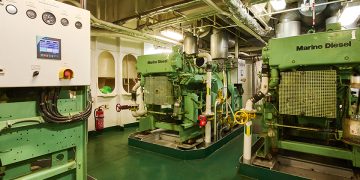

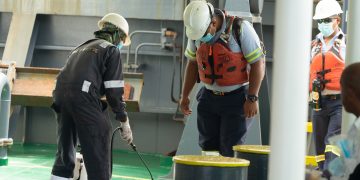


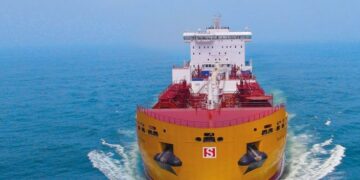
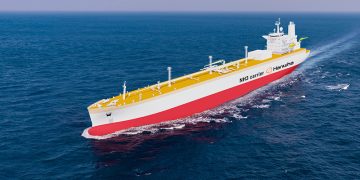
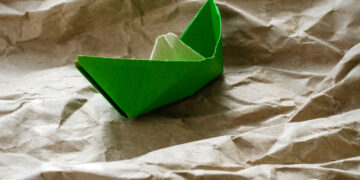
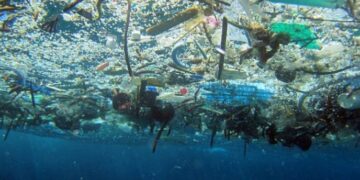


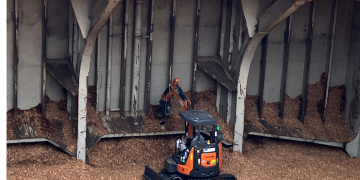

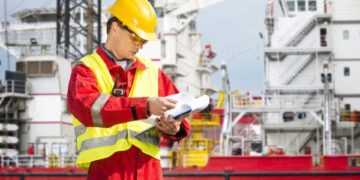
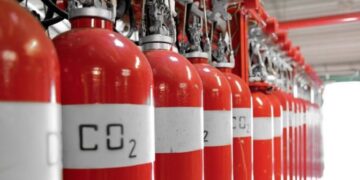






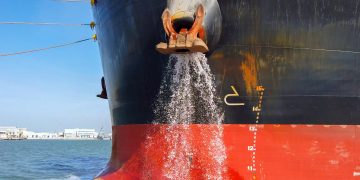









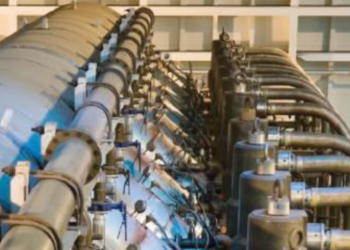


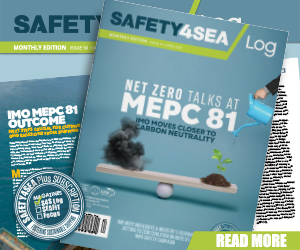
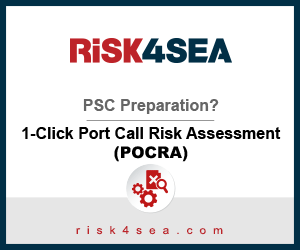






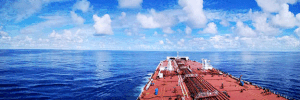












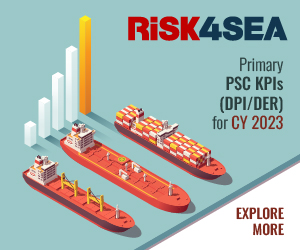

captain onboard is korean, we are at anchor at rotterdam anch. he dropped anchor 9 shackles in the water in 21 meters depth
due to bad weather about bf 6 he added 1 shackle in the water and total of 10 shackles in the water. Now, we are encountering severe weather 10 bf. and the weather forecast is until 10 hrs from now. the anchor is dragging. he did not do anything except for standby engine ofcourse.
is this good practice of a master mariner?
do you have any explaination about anchor & chain with this kind of weather possible outcome?
Prior Anchoring weather forecast need to be closely monitored. Avoid anchoring and consider drifting if there is a forecast of Heavy weather. A dragging anchor can easily get fouled with an underwater obstruction and pose problem when heaving up.
Vessel should have heaved up and proceeded to drifting before the onset of heavy weather.Rotterdam area you have good Navtex coverage giving you accurate weather forecasts.